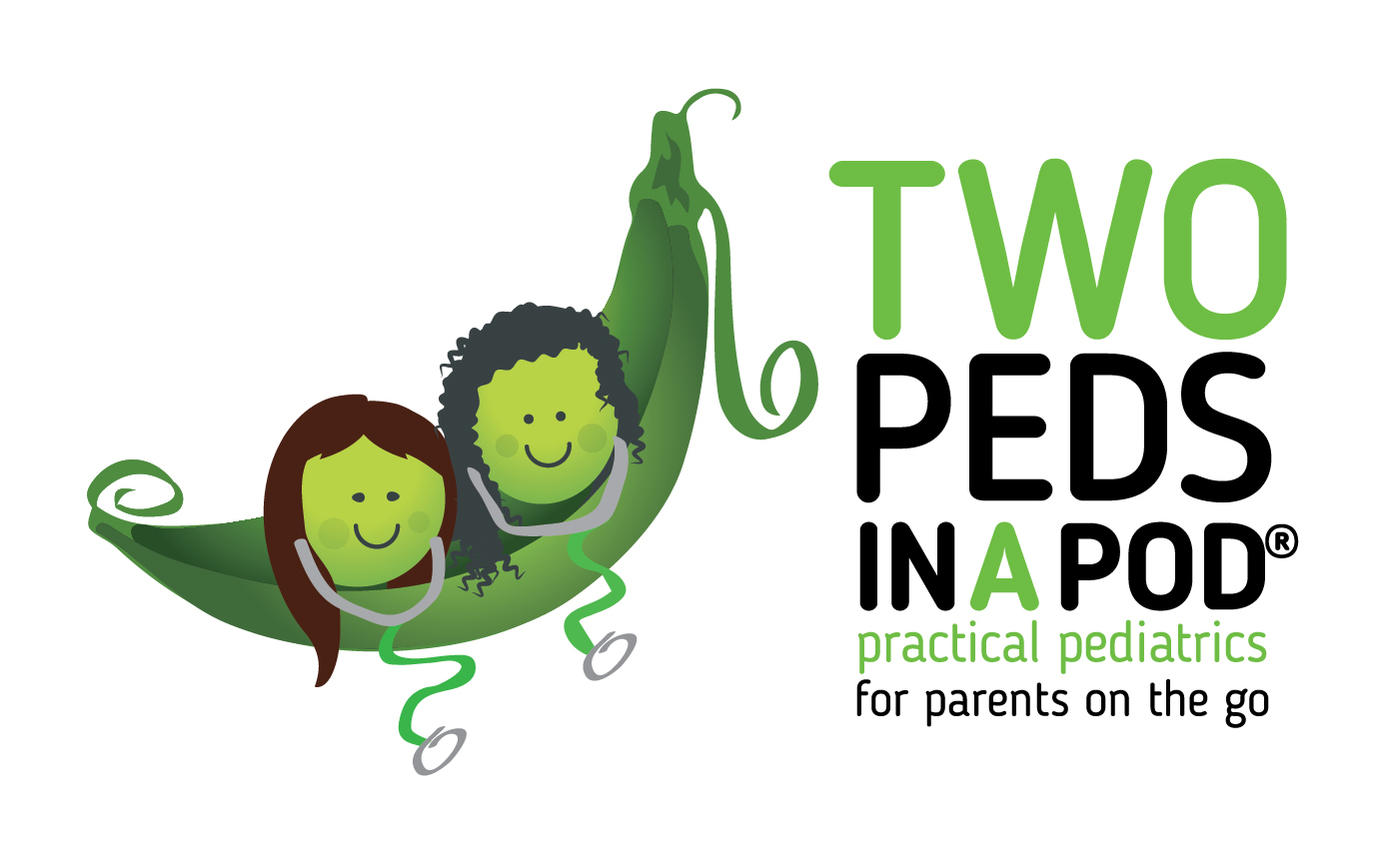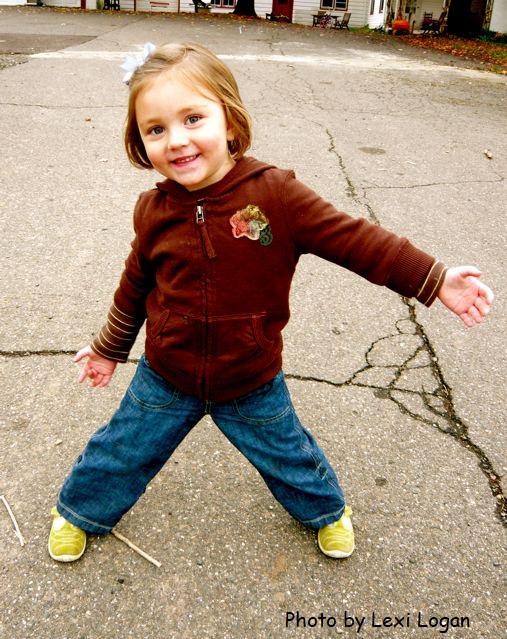 “I am not asking for my child to be the life of the party, or a social butterfly. I just want her to be happy and have some friends of her own. She is a wonderful kid, and I hope someday others can see that.” -Scott Bellini, Ph.D.
“I am not asking for my child to be the life of the party, or a social butterfly. I just want her to be happy and have some friends of her own. She is a wonderful kid, and I hope someday others can see that.” -Scott Bellini, Ph.D.
Does your child spend recess walking around by himself? Does he lack play dates with kids after school and on the weekends? Is it shyness or something more?
Possessing good social skills is important for our children. However, in today’s fast moving, highly technological society, we are seeing an increase in the number of children with social skill deficits. Children may be simply be shy or may have true difficulties relating and socializing with others. Experiencing some social pain from being teased or left out once in awhile can be normal. However, some children are at risk for serious psychological damage because of ongoing rejection or bullying. The “at risk” group may eventually suffer from a number of different problems including: anxiety, depression, loneliness, aggression, even suicide or homicide.
Social competence is the topic of conversation among parents and professionals around the country as more and more children are reported to be socially struggling and awkward. Good social skills have been shown in studies to be a better indicator of future success than straight ‘A’s. The socially awkward child is often regarded as the “misfit”: annoying, rejected and ridiculed by peers. Below are some tips to help children develop social skills
.Consider these techniques:
- Listen to children with the “third ear,” i.e., active listening, not only to the words they say, but the feelings they are expressing.
- If your child is talking to a peer, watch for her non-verbal cues. Help her develop strong non-verbal cues (stand close but not too close, look person in the eye but don’t stare, act interested even when you aren’t)
- Initiate and practice pro-social skills at home, including:
- How to initiate, maintain, and end a conversation
- The art of negotiation — how to get what you want appropriately
- How to be appropriately assertive without being overly aggressive
- How to give and receive compliments
- How to respond to teasing by peers
- How to accept constructive criticism
Here are other ways in helping children who may feel rejected or lonely:
Ask teachers, friends and other parents what they see when they observe your child interacting with peers or classmates.
Provide a variety of group opportunities.
Church groups, scouts, drama club, sports teams – these all provide an alternative to school as a place for a child to make friends and gain acceptance.
Don’t go back to school yourself!
Resist the temptation to march onto the playground and yell at the big kids for picking on your child. Resist the urge to gossip about other moms in the parking lot after school.
Always intervene if one child is made a scapegoat or is ostracized by the group.
Help that child learn how to fit in and, more importantly, help the group be more empathic and kind.
Give shy children a gentle push to try new social challenges.
They need lots of support and encouragement as they push out of their “comfort zone.” If a child is shy but would like to make a friend, it can help to invite over a classmate and the classmate’s parents; the kids will find the adults boring and, eventually, go off to play together.
Help the child find other children who have similar interests.
If your child likes to play chess or build with legos, sign them up for the chess club or look into camp programs that focus on your child’s interests. They are bound to meet other kids that share their interests.
Teach socially awkward children basic skills for getting along.
Examples include: how to guess what other people are feeling, how to join a group, and how to make friends.
Make sure the child pays attention to personal hygiene. This is so important because kids are big on first impressions. Why give another reason for others to make fun of them! If your child doesn’t wash or comb her hair, it will be noticed. Make sure your child bathes regularly and wears deodorant, if needed- kids are sensitive and often intolerant of body odor. Also make sure the child grooms those not-so-obvious areas, including cleaning her ears and clipping her fingernails and toenails. It may not seem so important to your child, but others will notice!
Children who have suffered repeated rejection and isolation are at risk for more serious difficulties. Please seek professional help for these children!
Amy King, MA, CCC/SLP; owner and facilitator of “Making Friends” A Social Communication Training Program, email makingfriendspa@yahoo.com
Sources:
Building Social Relationships: A Systematic Approach to Teaching Social Interaction Skills to Children and Adolescents with Autism Spectrum Disorders and Other Social Difficulties, by Scott Bellini.—1st Edition, Shawnee Mission, KS: Autism Asperger Publishing Co. 2006.
Best Friends, Worst Enemies, by Michael Thompson, Catherine O’Neill Grace and Lawrence Cohen, Ballantine Books, 2001. Explores children’s social relationships and how to help kids deal with peer problems.
Mom, They’re Teasing Me, by Michael Thompson , Lawrence J. Cohen Ph.D., Catherine O’Neill Grace. The range of difficulties children face in social situations, from bullying and name-calling to rejection and socialization is the focus of this primer for parents, with specific tips on how to deal with these issues.
©2011 Two Peds in a Pod®





 “I am not asking for my child to be the life of the party, or a social butterfly. I just want her to be happy and have some friends of her own. She is a wonderful kid, and I hope someday others can see that.” -Scott Bellini, Ph.D.
“I am not asking for my child to be the life of the party, or a social butterfly. I just want her to be happy and have some friends of her own. She is a wonderful kid, and I hope someday others can see that.” -Scott Bellini, Ph.D.  Join us at the Central Bucks Family YMCA, Doylestown PA this upcoming Sunday, April 17 for an informal Q and A session about some of our favorite summer myths: learn about Lyme Disease, poison ivy, and sunscreen. Catch us at 12:30 pm during the Y’s Healthy Kids Day (noon-3pm)!
Join us at the Central Bucks Family YMCA, Doylestown PA this upcoming Sunday, April 17 for an informal Q and A session about some of our favorite summer myths: learn about Lyme Disease, poison ivy, and sunscreen. Catch us at 12:30 pm during the Y’s Healthy Kids Day (noon-3pm)! The antihistamine quandry
The antihistamine quandry  As spring break approaches, here are some ways to handle sickness while traveling with your children when you are far away from your children’s primary care provider.
As spring break approaches, here are some ways to handle sickness while traveling with your children when you are far away from your children’s primary care provider. Recently I had the pleasure of taking a three-year-old neighbor out to dinner. My own kids and I greatly enjoyed our three-year-old friend’s conversation and antics so afterwards I decided to write about three-year-olds.
Recently I had the pleasure of taking a three-year-old neighbor out to dinner. My own kids and I greatly enjoyed our three-year-old friend’s conversation and antics so afterwards I decided to write about three-year-olds.  Spring break has arrived for many college students. While students certainly deserve a vacation from the stress of school, parents should stay aware of their children’s spring break plans. Unfortunately, students who spend spring break with friends, rather than family, are much
Spring break has arrived for many college students. While students certainly deserve a vacation from the stress of school, parents should stay aware of their children’s spring break plans. Unfortunately, students who spend spring break with friends, rather than family, are much